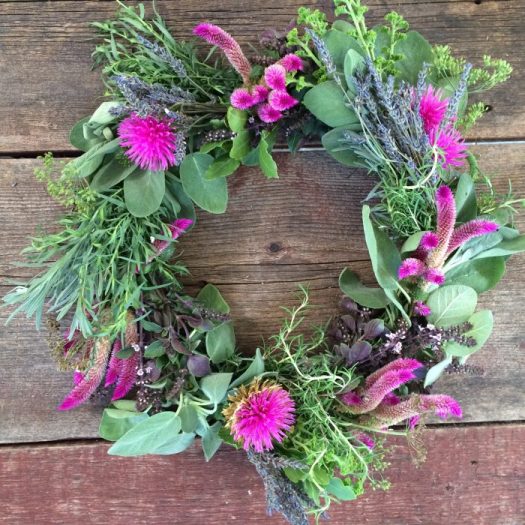Sweet Annie, Artemisia annuaIt is an herb that I remember from the seventies and eighties. In the fall, wreaths of intensely scented green herbs were made from the cut branches and I saw them everywhere for sale at craft fairs and outdoor festivals.
I forgot about Sweet Annie for a long time until a volunteer plant emerged from my asparagus patch this summer and shot up all summer, until by September it was over 6 feet tall with many sweet-smelling branches ready to be harvested. . I decided to leave it in my asparagus patch and stared at it all season until I accidentally brushed it to release the intense, sweet fragrance. Once you smell it, you’ll never forget it! The fragrance, which lingers on my hands and clothes long after brushing it off, is hard to describe as almost fruity.
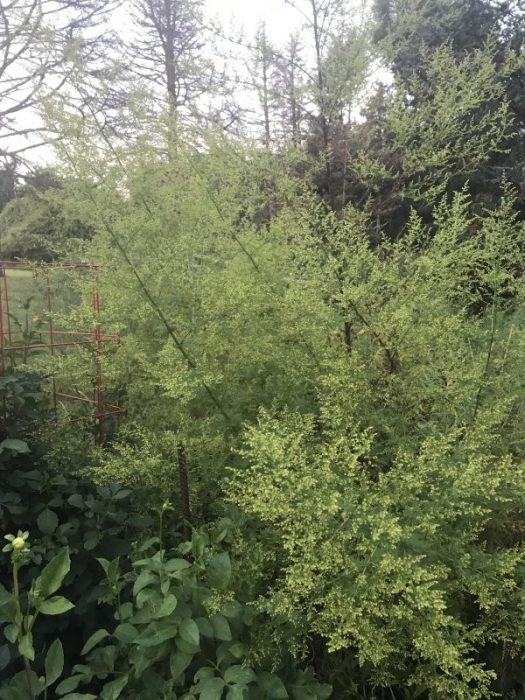
Classified as an annual weed, Sweet Annie has escaped cultivation and is a favorite of crafters for its versatility and sweet fragrance and of floral arrangements as an aromatic filler. Also known as sweet mugwort, sweet wormwood, and Chinese wormwood. Sweet Annie is sown to germinate and is slow to bloom (mine just started blooming in early to mid-September here in zone 6b. It self-seeds easily, so I know I’ll have more next year and will probably have to pull some out A beautiful lace fern-like plant, it self-seeds in my vegetable garden and I let a few grow and flower.
Harvest
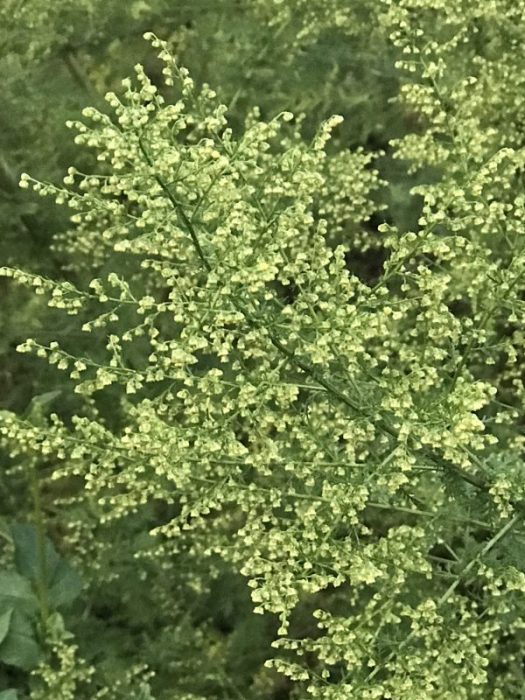
Growing like a well-branched Christmas tree, I waited until yellow beads appeared on the branches arranged in panicles, which are the flower buds. This is the perfect time to harvest it and I cut the woody trunk with loppers and then cut each individual branch to dry. If you harvest it early, the branches will wither and become useless. Some I stacked with a rubber band and hung in my basement for 1 or 2 weeks, to get straight frames. Other branches I nestled in a basket to dry. That way, the branches will dry into a rounded shape, perfect for turning into sweet-smelling wreaths.
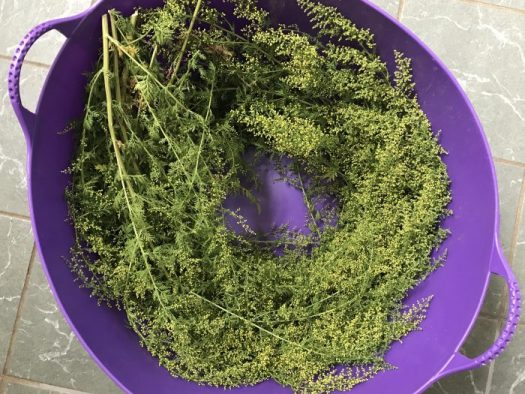
Sun loving, my Sweet Annie plant required no care and loved our dry, warm climate this season.
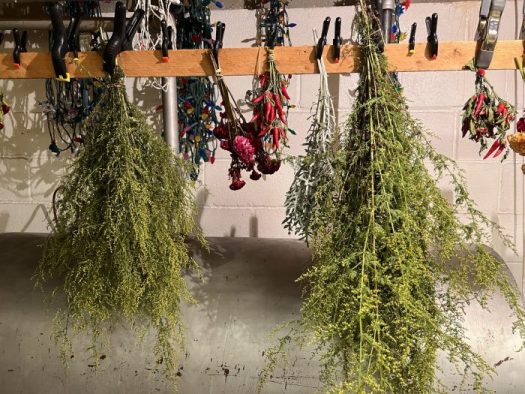
Uses for Sweet Annie
Sweet Annie, known in China as qing-hao, has been used to treat malaria and fever for hundreds of years. Fruity, astringent and aromatic, Sweet Annie has been used as an air freshener and pest deterrent. You can crumble some into the carpet before vacuuming for a long-lasting fragrance that will linger long after you’re done cleaning.
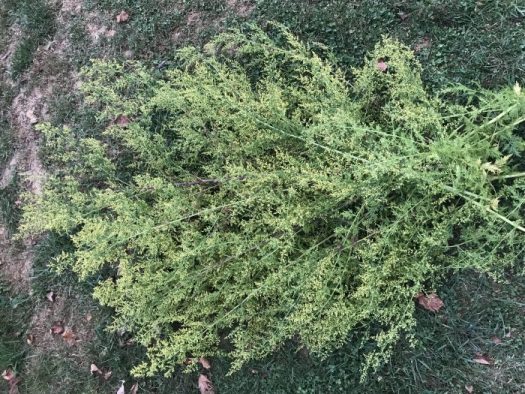
Commonly used in crafts as a base for wreaths and garlands, and as filler for arrangements, dried feathers can be used in a variety of ways. Divide large branches into smaller pieces for different projects. More pronounced in humid climates, the fragrance wafts on the breeze to my house. If you hang a branch in the bathroom, the humid air will release the fragrance. Unfortunately, some people are allergic to Sweet Annie, with sneezing fits and sometimes skin irritation. I find that sneezing happens if I work with him too much, so I limited my time with him. Enjoying Sweet Annie from a distance!
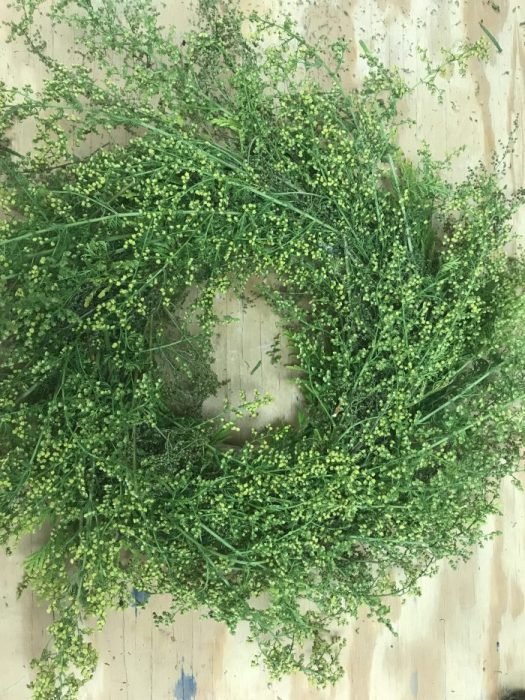

For other herb wreath ideas, go to my Fresh Herb Wreath post.
